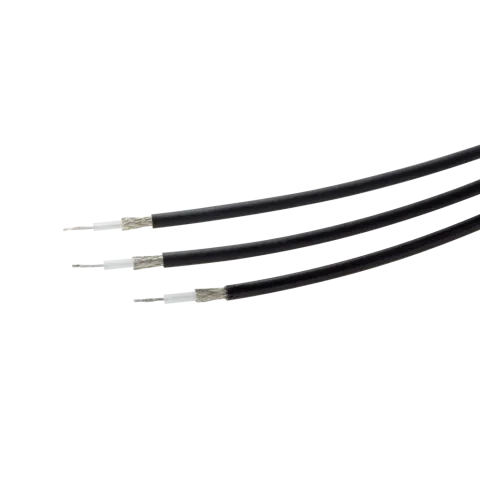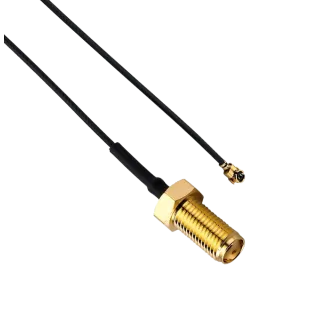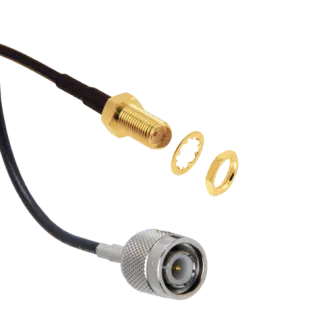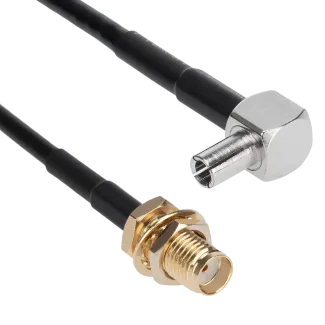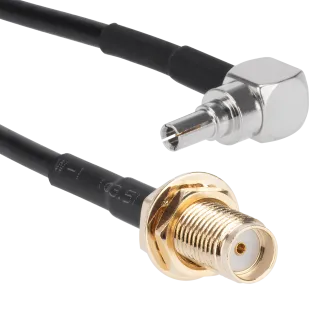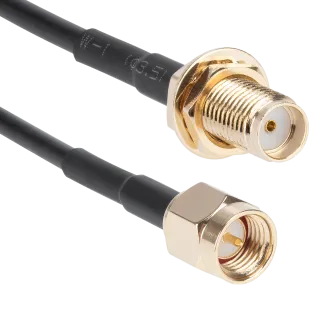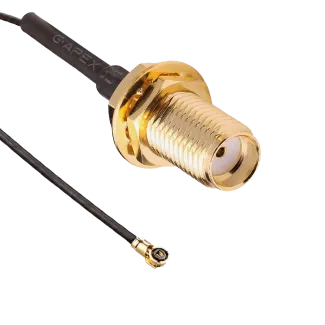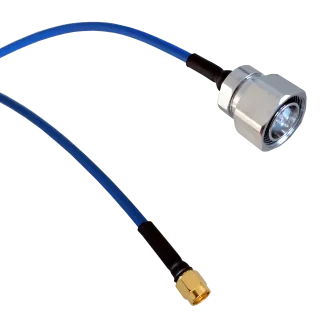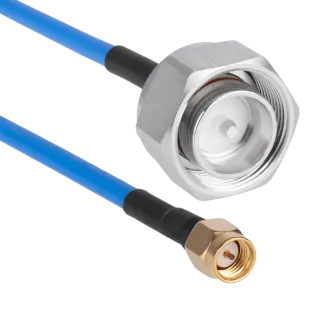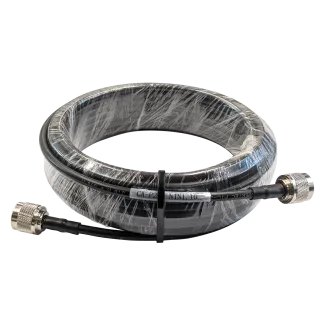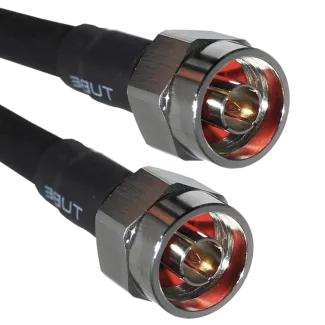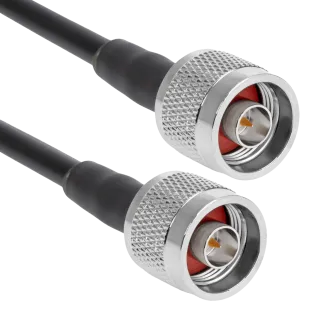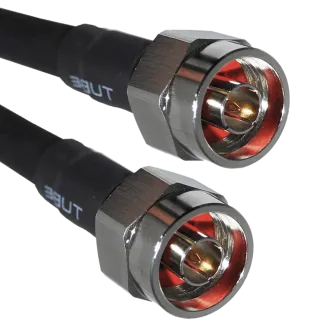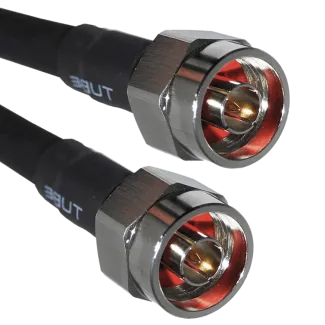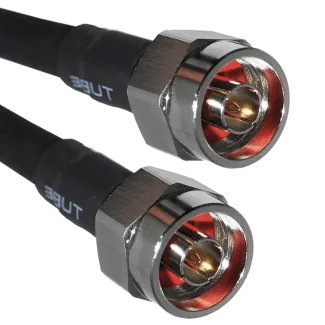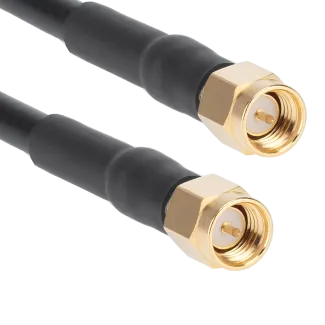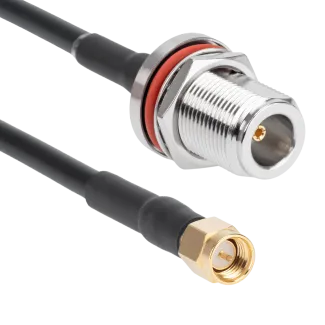The success of any wireless project requires the use of high performance cables. Often overlooked, RF cables can be a cause of degraded system performance. Incorrect cable selection or poor planning can result in significant signal loss, breach regulatory standards, and even impact other wireless networks through the generation of spurious products and intermods.
Coaxial cable types used in wireless systems primarily fall into three categories: Feeder Cables, Jumper Cables, and Patch Cables. Feeder Cables serve as the backbone most large scale systems. These thick, heavy-duty cables are designed to carry signals over long distances with minimal loss, such as up a tower or throughout a building. They are typically used to connect the main components of a system, such as antennas, radios, and couplers. Jumper Cables, on the other hand, are smaller and more flexible than feeder cables. They are used to connect equipment within a system, such as between an amplifier and a combiner, or between a power divider and an antenna. Their flexibility makes them ideal for use in tight spaces and around corners. Patch Cables are used to connect devices in close proximity to each other, such as between adjacent passive components, and also for providing flexibility and strain relief in the connection of electronic devices such as modems and repeaters. They are typically shorter and thinner than both feeder and jumper cables, making them ideal for use in small, confined spaces.
